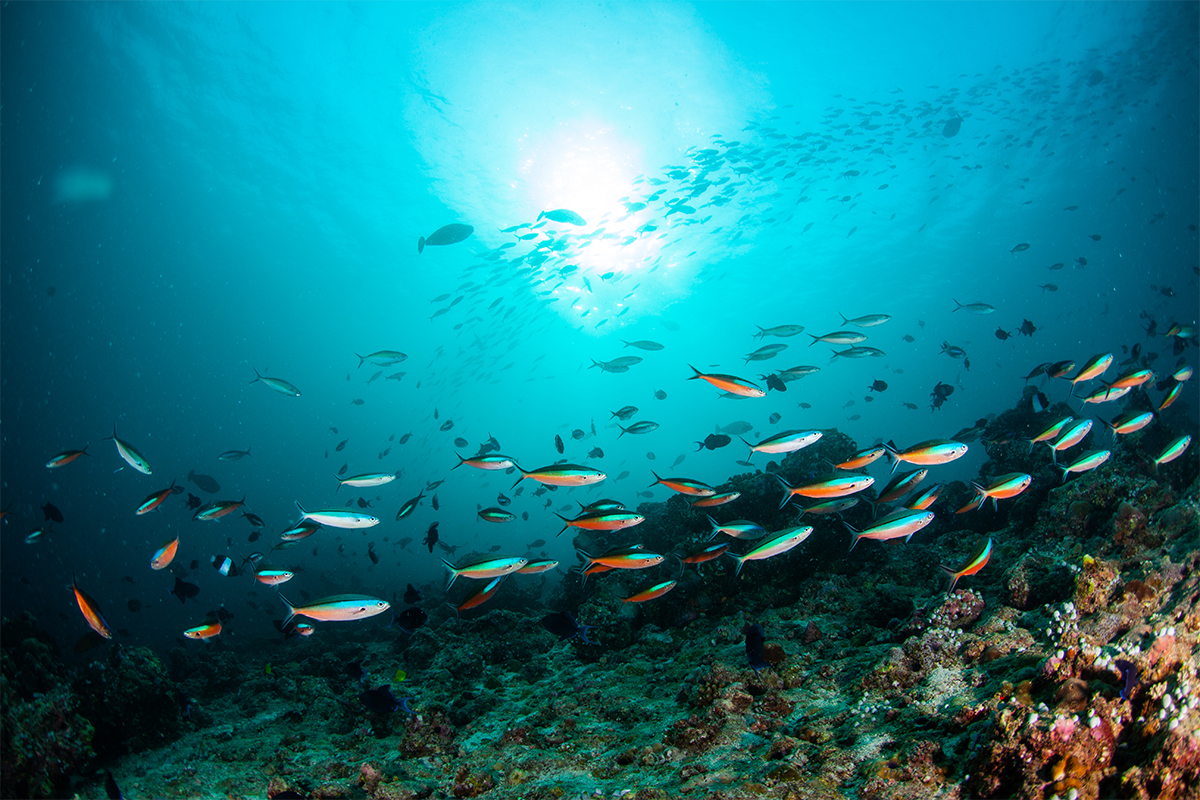
Fishing lights are designed to be submerged in water or attached to fishing equipment, such as boats or fishing structures, to create an underwater illumination that attracts fish. The underwater illumination created by these lights can attract plankton and smaller baitfish, which, in turn, may attract larger predator fish. Different colors and intensities of light are often employed to optimize their effectiveness in attracting various species of fish. In addition to attracting fish, fishing lights enhance the visibility for anglers during nighttime or in low-light conditions. This improved visibility allows fishermen to better observe their surroundings, monitor fishing lines, and detect fish movement.
Fishing lights capitalize on the natural behavior of marine organisms, specifically phototaxis, to attract fish. Phototaxis is observed in various marine organisms, including small fish and plankton, which are integral parts of the marine food chain. The underwater illumination created by these lights becomes a focal point for plankton and smaller baitfish. The attraction of plankton and baitfish to the light creates a cascading effect, drawing in larger predator fish that prey on the smaller organisms. The use of different colors and intensities allows anglers to customize their approach and potentially increase their success in attracting a variety of fish species. Different colors may attract different species of fish. For example, some lights emit blue or green hues, which are believed to be effective in attracting certain types of fish. Different intensities may be more effective in different fishing conditions or for specific target species.
This diversity of fishing lights encompasses various types, designs, and technological features. Fishing lights are not only designed for submersion but are also equipped for attachment to various fishing equipment. This can include securing the lights to boats, fishing lines, buoys, or other fishing structures. There are portable or handheld fishing lights that anglers can carry with them. These lights may be attached to fishing gear or deployed in specific areas to attract fish. Night fishing lights enhance visibility for anglers during nighttime activities. Ice fishing lights are adapted for cold conditions and used to attract fish beneath the ice. Some fishing lights are specifically designed to attract baitfish, creating a concentrated area of activity that attracts larger predatory fish. Fishing lights may be powered by batteries, providing portability and the ability to use them in locations without access to external power. Solar-powered fishing lights harness energy from the sun, offering an eco-friendly and sustainable lighting solution.
The adoption of LED technology in fishing lights introduces a multitude of benefits, including energy efficiency, durability, compact design, and color customization. The compact nature of LEDs allows for the design of fishing lights that are not only small in size but also portable, easy to transport, versatile in mounting, and energy-efficient. LEDs are energy-efficient. This makes them especially suitable for battery-powered applications and extending the operational life of the fishing lights. The solid-state nature of LEDs makes LED fishing lights more robust and durable, able to withstand vibrations, shocks, and rough handling associated with fishing activities. LED lights can be easily dimmed, allowing anglers to adjust the intensity based on fishing conditions or preferences. The spectrum of LED fishing lights can be engineered to emit specific wavelengths. This allows for color customization. Some LED fishing lights have the ability to change colors dynamically. This feature can be employed to experiment with different color patterns.
The design and construction of fishing lights take into account the unique and challenging environment associated with fishing. This includes considerations for water resistance, corrosion resistance, durability, and user-friendly features, all tailored to meet the distinct needs of anglers in various fishing scenarios. Fishing lights are constructed with materials that are corrosion- and water-resistant. Fishing lights are intended to be used in aquatic environments, specifically underwater. This demands protection against water ingress and the ability to withstand underwater conditions. The materials used in the construction of fishing lights are chosen for their water-resistant or waterproof properties. Fishing lights may be constructed with materials that resist corrosion, especially when used in saltwater environments. Critical components of fishing lights, such as the electrical elements and connections, are often sealed tightly to prevent water from entering and causing damage.






